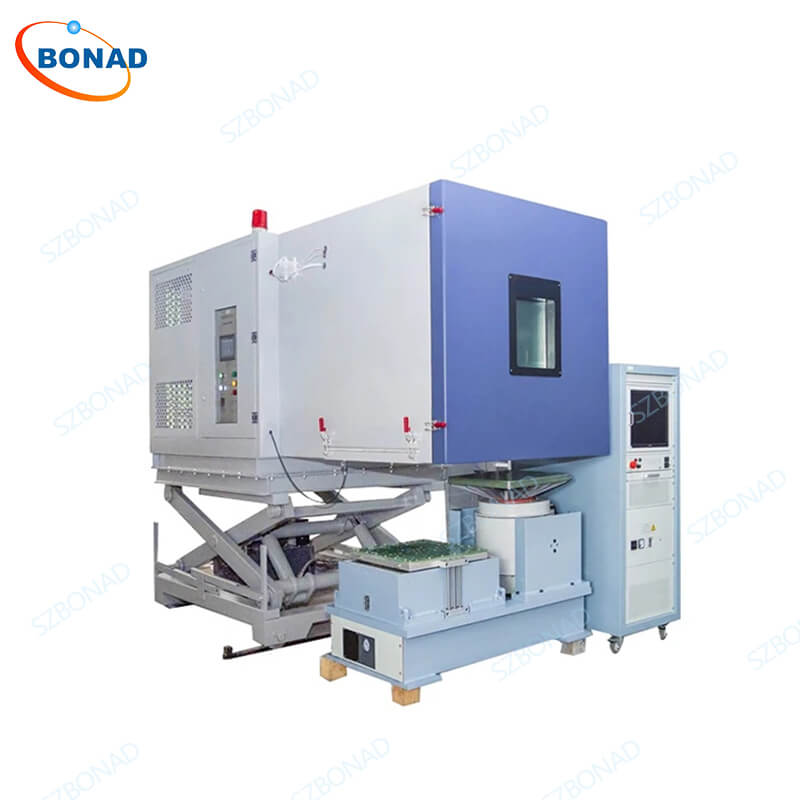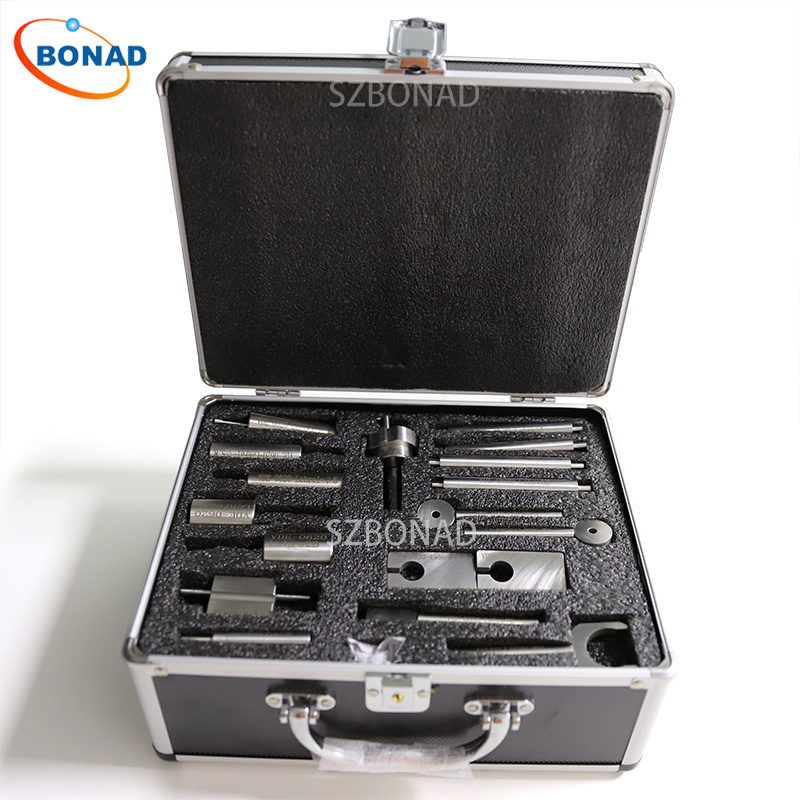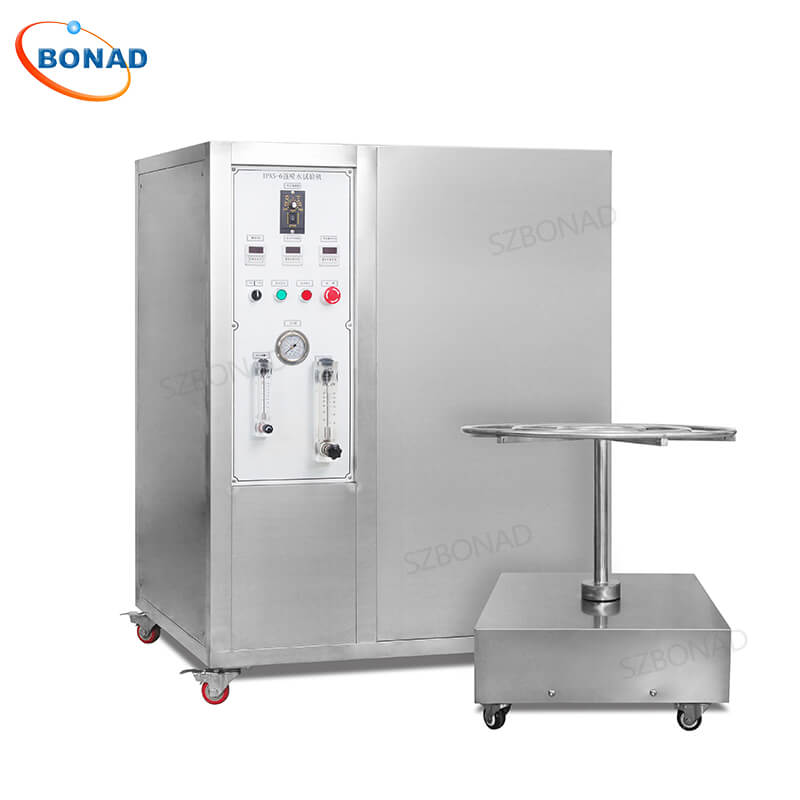Testing plastic parts is critical in industries like automotive, aerospace, and consumer electronics. Vibration chambers simulate real-world stresses to ensure components withstand transportation, usage, and environmental factors. But how exactly do these systems work for plastic parts? This guide breaks down the process, benefits, and key applications.
What Is a Vibration Test Chamber?
A vibration chamber (or vibration test chamber) replicates vibrational stresses products endure during their lifecycle. For plastic parts, it assesses structural integrity, fatigue resistance, and performance. By exposing components to controlled vibrations, engineers identify weaknesses and optimize designs.

How Vibration Chambers Work: Step-by-Step
- Preparation: The plastic part is secured to a fixture inside the chamber.
- Parameter Setup: Engineers define frequency, amplitude, and duration based on real-world conditions.
- Test Execution: An electrodynamic or servo-hydraulic shaker generates precise vibrations.
- Data Collection: Sensors monitor deformations, fractures, or failures in real-time.
- Analysis: Engineers evaluate performance and refine designs for durability.
5 Key Benefits of Vibration Testing for Plastic Parts
- Enhanced Durability: Identifies weaknesses early, extending product lifespan.
- Quality Assurance: Ensures parts meet strict industry standards (e.g., automotive/aerospace).
- Cost Savings: Prevents recalls by catching failures pre-production.
- Regulatory Compliance: Meets safety requirements for medical devices and aerospace.
- Innovation Drive: Provides data to develop superior materials and designs.
Industry Applications
- Automotive: Tests dashboards, engine parts, and interior panels.
- Consumer Electronics: Validates durability in smartphones, laptops, and wearables.
- Medical Devices: Ensures reliability in surgical equipment and diagnostics.
- Aerospace: Certifies components for extreme flight vibrations.
- Packaging: Protects goods during shipping with vibration-resistant designs.
Conclusion
Vibration chambers are indispensable for validating plastic parts against real-world stresses. They empower manufacturers to deliver safer, longer-lasting products while cutting costs and driving innovation. For industries reliant on plastic components, this testing is non-negotiable for quality and compliance.
Ready to Optimize Your Plastic Parts?
Contact our experts at zhy@szbonad.com to explore vibration testing solutions tailored to your needs.


